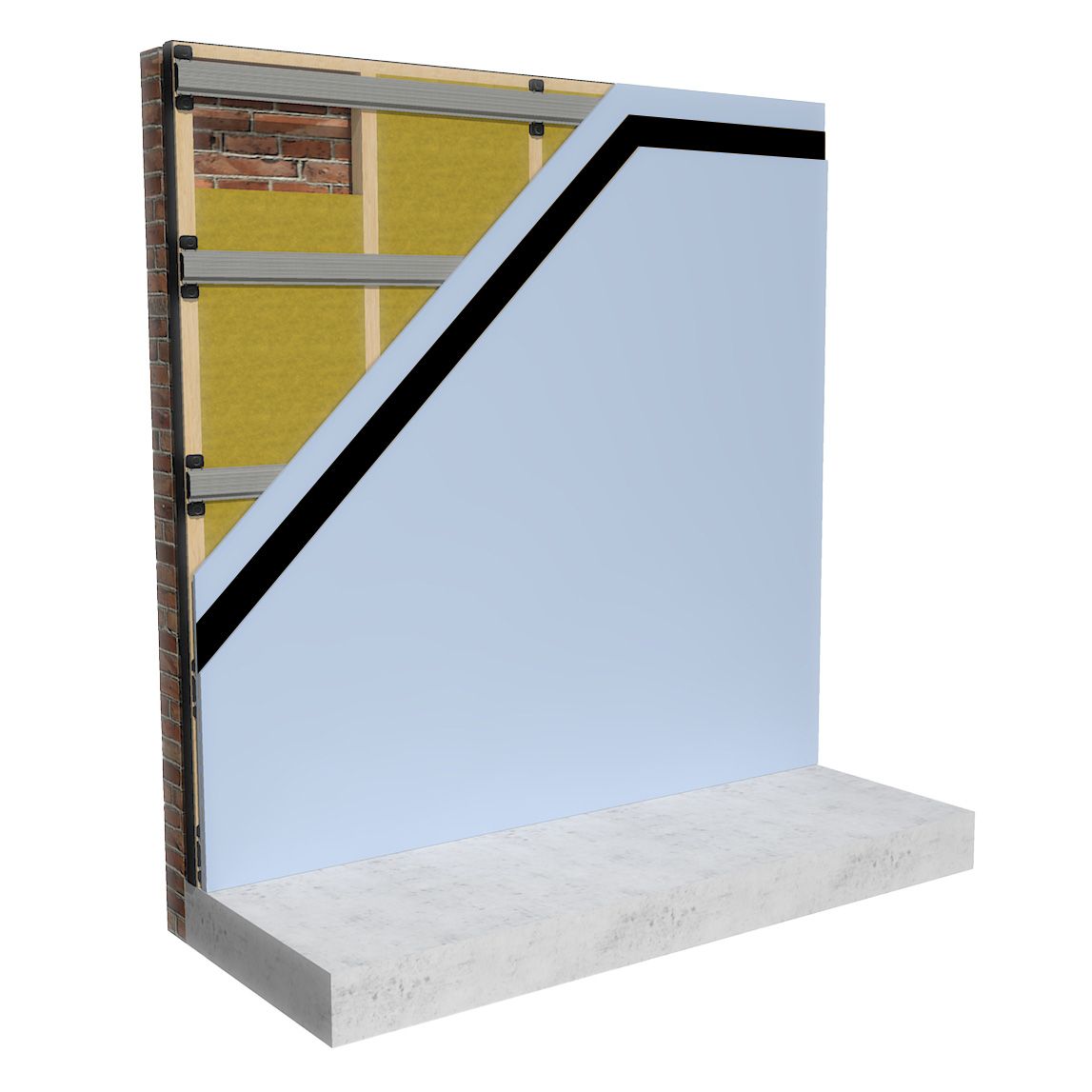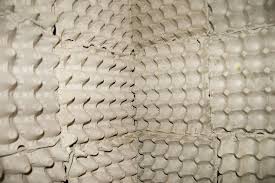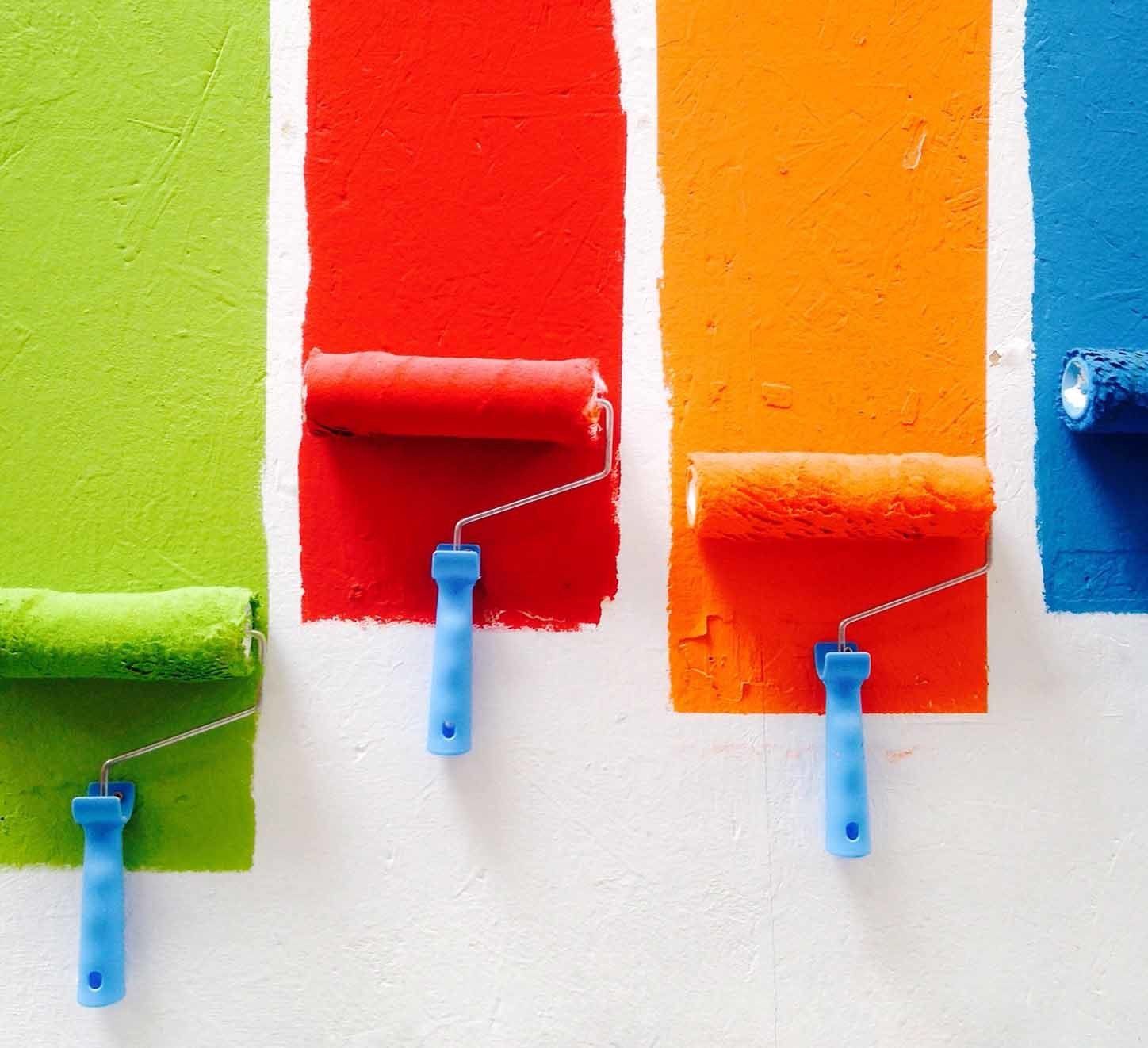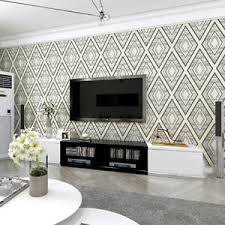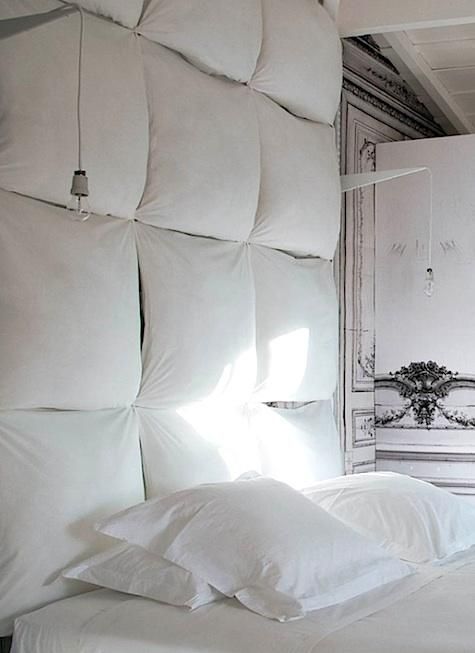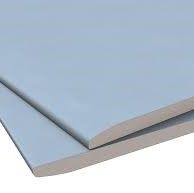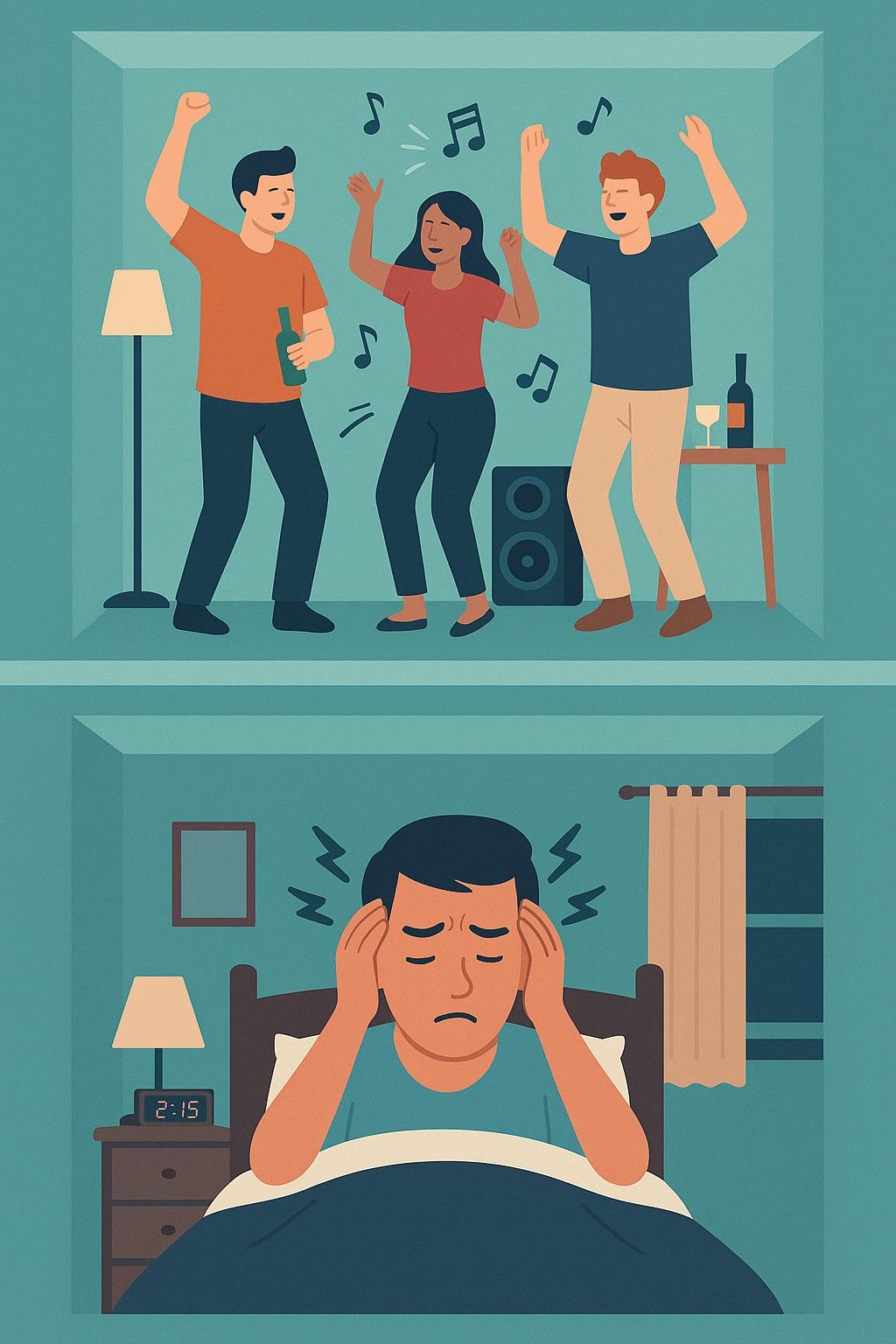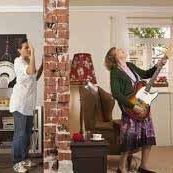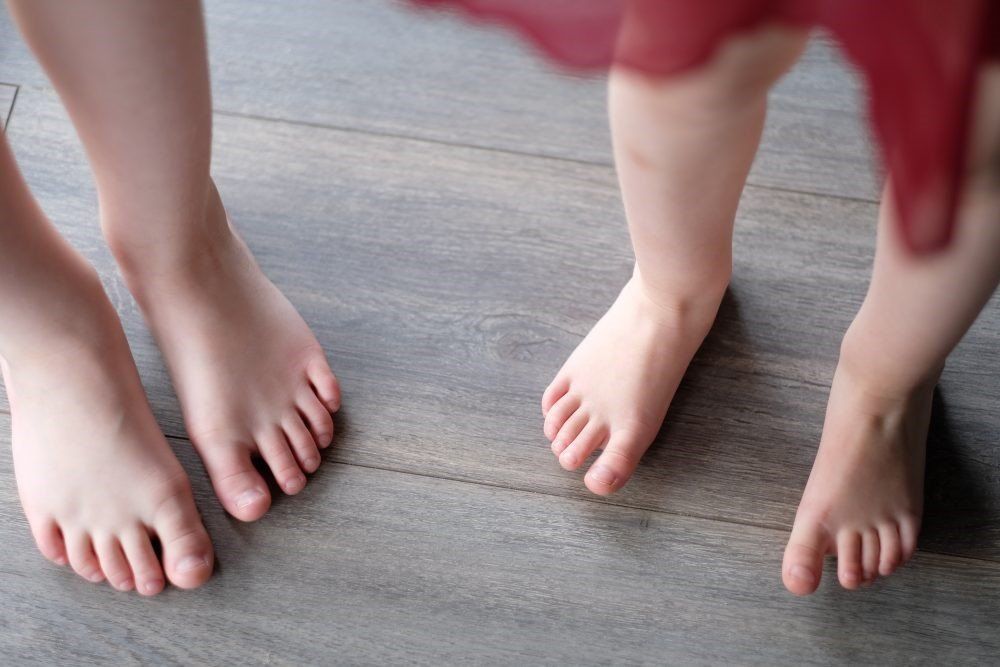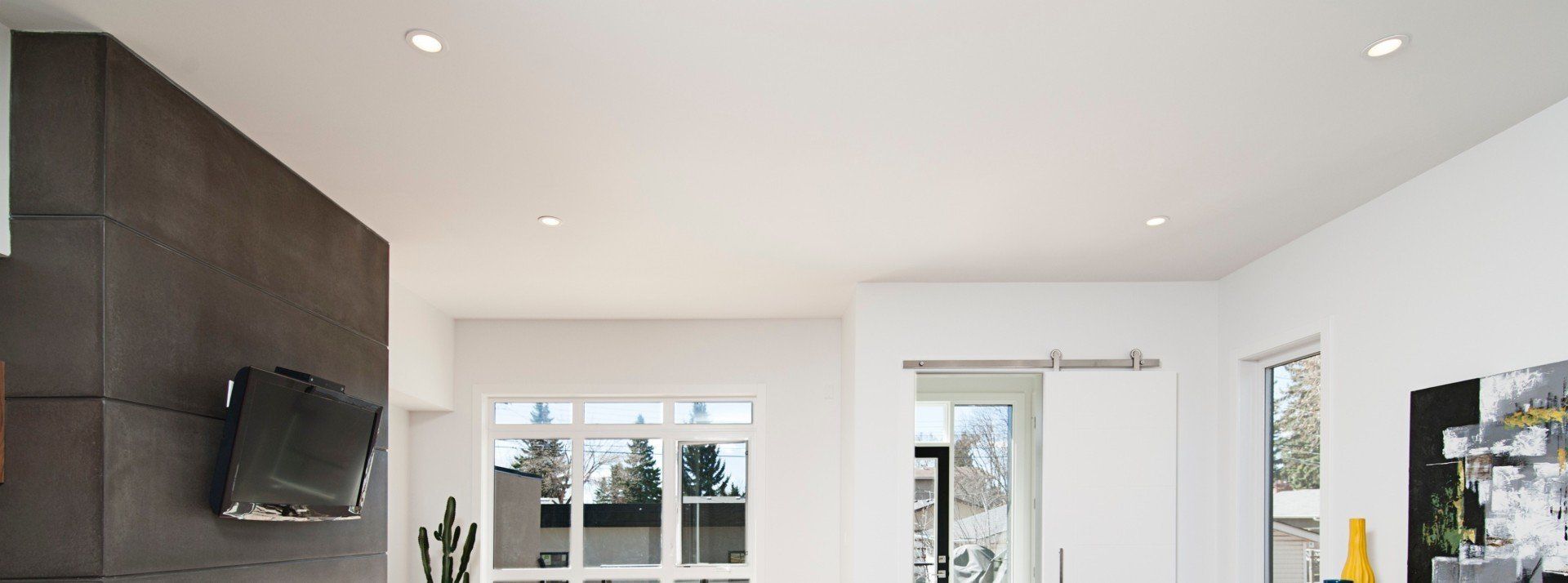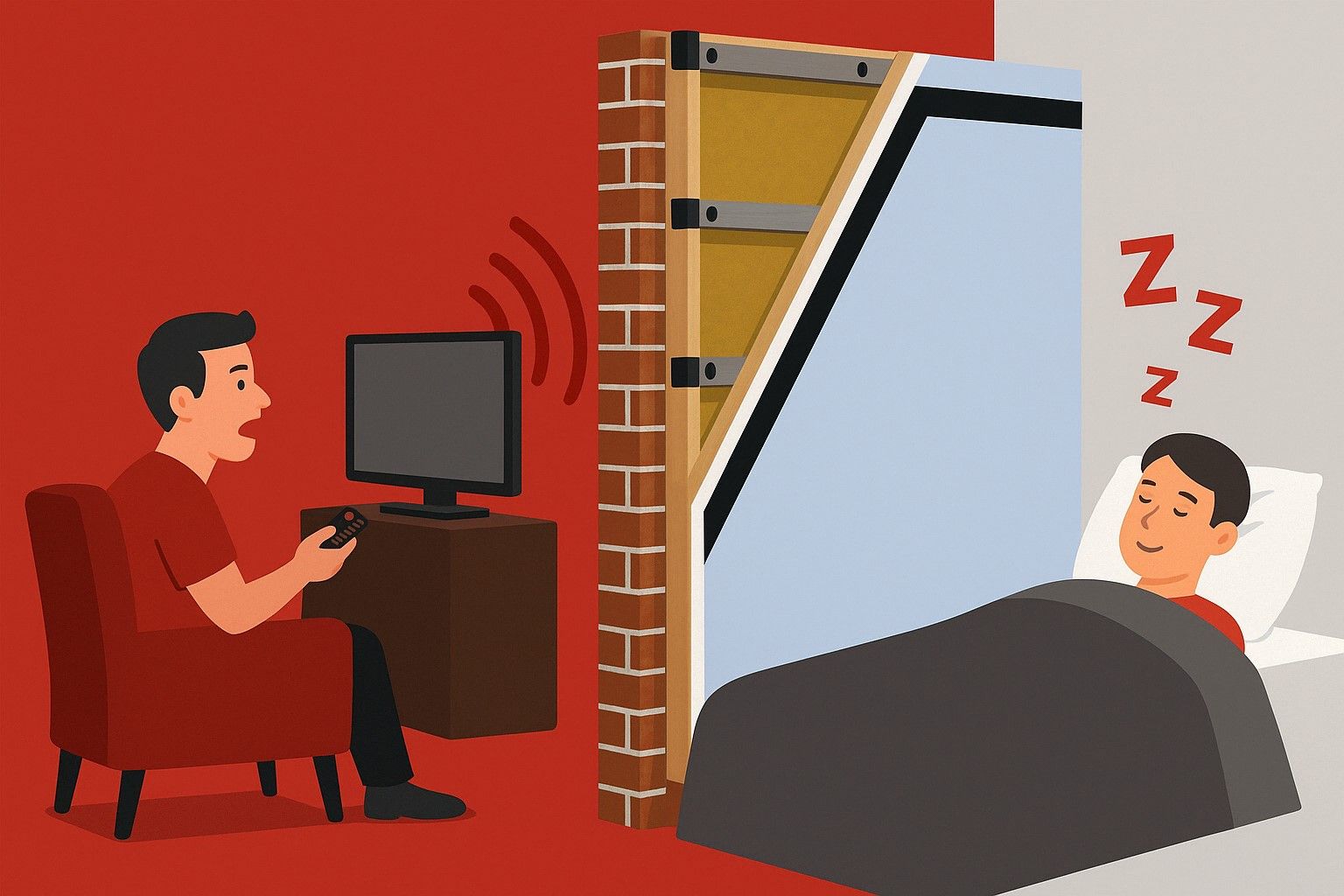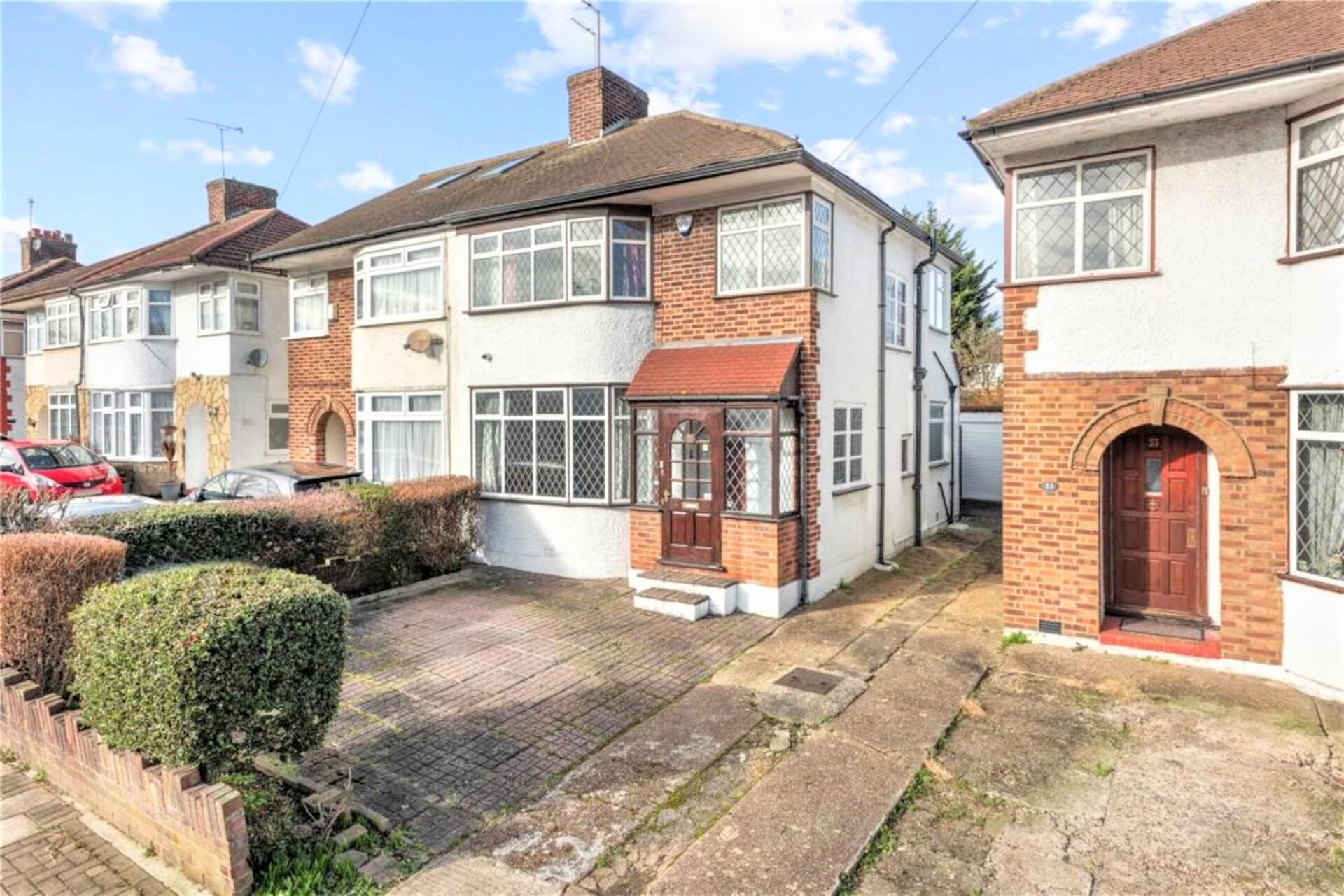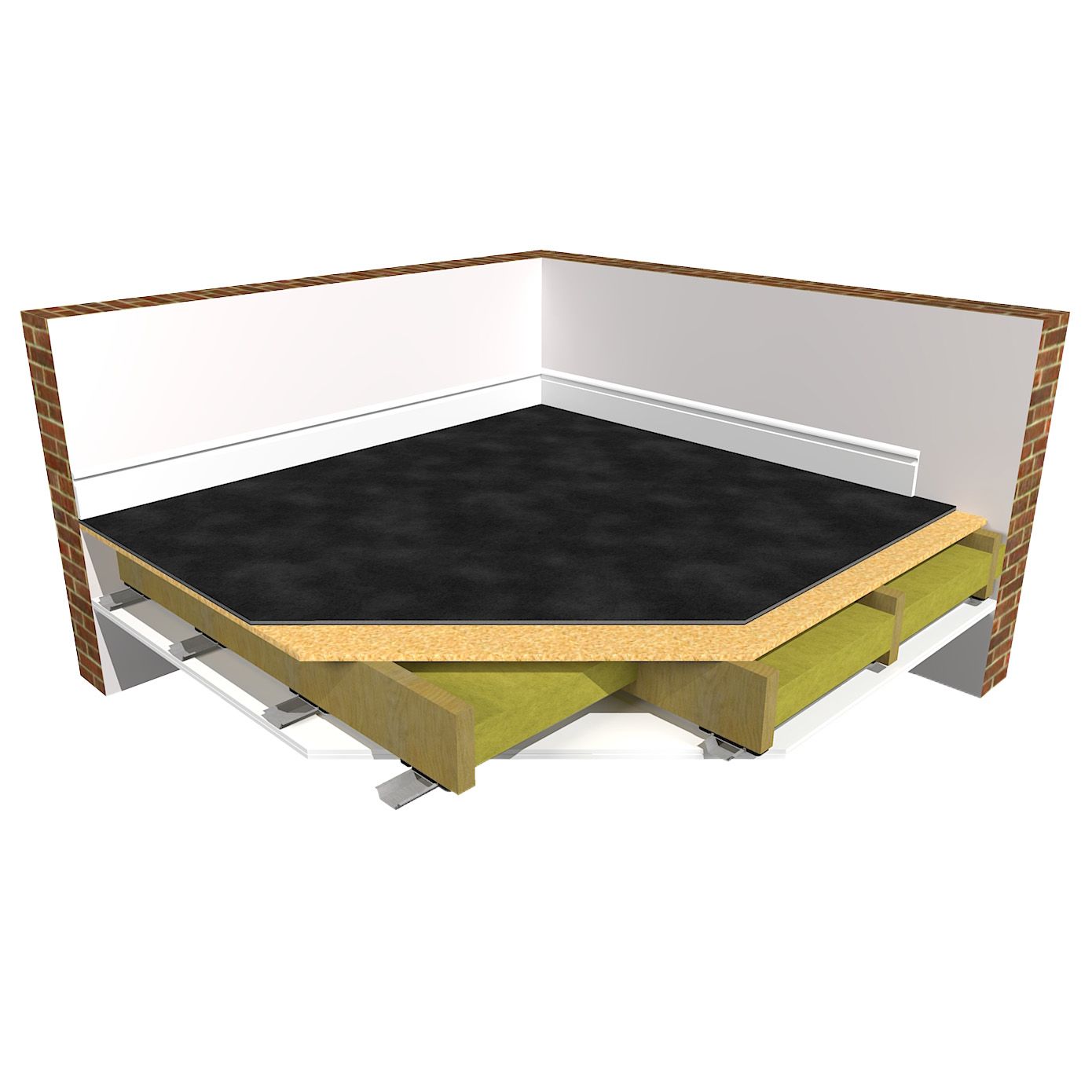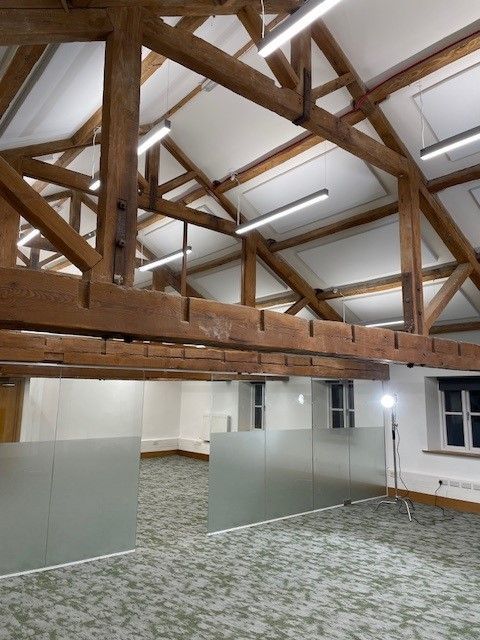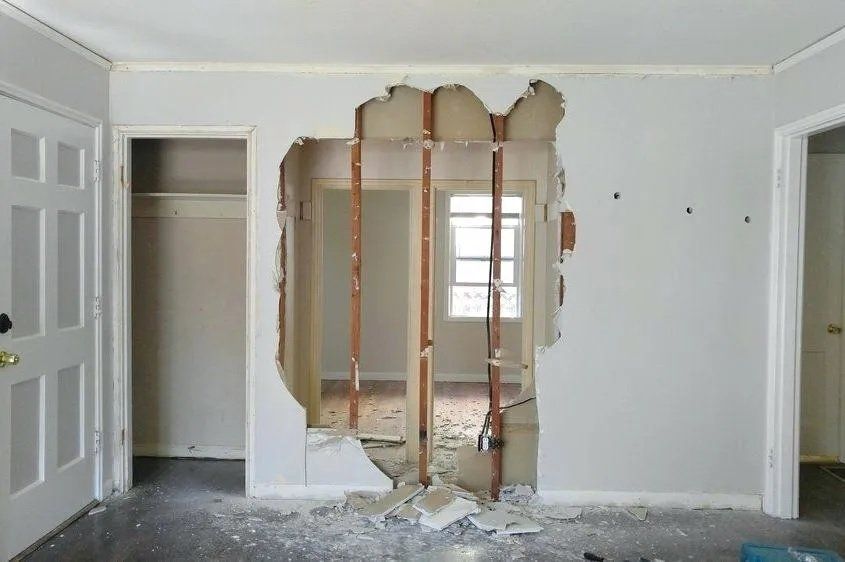Top 12 Soundproofing Myths
With a reportedly two thirds of UK homeowners saying that their lives are being blighted by the actions of those next door it is no wonder that many people go in search for cheap soundproofing options. Unfortunately when people scour the internet they inevitably come across some confusing advice and I just want to clear up a couple of common soundproofing myths.
1 - Sound Absorption vs Soundproofing
The two are completely different yet people seem to usematerials designed for sound absorption to soundproof their homes and viceversa.
Sound absorption is a technique that uses sound dampening materials to reduce noise from resonating, echoing and amplifying within a room. Specialist rooms such as a recording studios require sound absorption panels to be fitted and these come in all different sizes, shapes and colours. Large halls and restaurants are typical venues for producing reverberated sounds and you may find that in the home when you remove furniture for example you can notice the sound resonate, echo and amplify.
Soundproofing is used to isolate or block sound inside a room or to keep sound from outside, entering the room. In a terraced house it is typical of noise travelling through a party wall and therefore you would opt to soundproof the party wall with something like the Pro-Sound™ SoundBoard4 . By applying a heavy mass to the wall, you are blocking that sound travelling through. You may live in an apartment with a noisy neighbour below and you want to block loud TV noises from disturbing you, so you would block this by using something like the SoundMat 3 Plus . Where the term absorption can be a little mis-leading or confusing is when you are trying to address impact, noises travelling through a structure. Impact noise is a vibration and foams or clips such as the IsomaxClip will absorb this vibration but don’t confuse it with reducing echo reverberation in aroom.
2 - Acoustic Mineral Wool = Sound Insulation?
We hear builders and general DIY novices that have heard from a friend of a friend that if they create a new stud timber frame next to their party wall and fill the newly created void with some acoustic mineral wool and then finish it with some plasterboard they will create a good noise reduction from their noisy neighbour.
This is not true.
To reduce an airborne noise, you need to apply heavy mass to the wall such as the Pro-Sound™ SoundBoard 4 and to reduce impact noise you need to absorb the vibration. When you are dealing with extreme sounds such as loud music with a deep base then you need to look at soundproofing options that take on board the concept of ‘building a room within a room’. In a residential setting this is difficult due to the amount of space lost so it is common practice to address the offending party wall or ceiling in this manner. Take the ReductoClip System for example. You would build a new party wall, purposely leaving a minimum of a 10mm gap between party wall and the new stud wall. In this case you have created a sealed void so it is necessary to fill that void with acoustic mineral wool to prevent noise getting trapped and then resonating, echoing and amplifying. The ReductoClips are then applied to the frame to absorb vibration and layers of mass are applied to block the airborne noise (2 x layers of acoustic graded plasterboard and 1 layer of FlexiSound 5).
In this scenario
acoustic mineral wool was introduced to the created void to prevent the trapped noise from resonating, echoing and amplifying. Sound Insulation material prevents this from occurring and it is also commonly used between joists in the floor for this very reason.
3 - Noise Absorbing Coloured Glue
At the Soundproofing Store we have heard on many occasions that a certain glue has been used as a measure to block airborne and impact noises transferring from the next-door neighbour. Typically, the glue is applied as a layer between some plasterboard and not surprisingly we then hear that it did nothing to prevent airborne noise. And any slight reduction has been made by the plasterboard itself.
This glue will only help dampen very small amounts of vibration created by the airborne noise travelling between two plasterboard's when it meets the wall. It won’t help to block any general impact noises and does not add any mass to the wall.
4 – Can I use egg boxes to soundproof my wall?
This question is an example of Sound Absorption Vs Soundproofing when the difference between the two is unknown. Egg Boxes in theory should help when you want to reduce an echo in a room and controlling how sound reacts and bounces round the room, in a similar way to how
Sound Absorption panels work. To what extent, I do not know as we have never tested them. They will in no way shape or form soundproof a party wall when you have a noisy neighbour because airborne noise needs mass to block it and egg boxes have very little mass - see the
Pro-Sound™
SoundBoard4 . My top tip, store your eggs in the egg box and use specialist acoustic panels to reduce echo.
5- Will laying a thick carpet or rug help soundproof my floor?
We often hear this question been asked. If you are creating impact and airborne noises that are affecting your neighbour below, then you will need to use something like the SoundMat3 plus as it contains two layers of mass loaded vinyl to block airborne noises and contains a middle layer of specialist acoustic sealed foam to reduce impact noise. Laying a thick carpet or rug may absorb some of the impact but not very much and may help reduce sound reverberation within a room, so reduce a little echo.
6- Does Soundproof paint work?
Physics dictates that to block an airborne noise you need to put a very heavy dense mass in front of it, the heavier the mass the more sound it may block. A 1-2 mm layer of paint is going to do very little in terms of blocking an airborne noise or absorbing impact vibration and I can't see it helping with noise reverberation within the room either.
7 – Does Soundproofing wallpaper work?
My answer is the same as the Soundproof Paint. The nearest you are going to get to Soundproofing wallpaper is TecSoundSY100 . It is a visco elastic 5mm layer of heavy mass and is self-adhesive so can be applied directly to a surface. Due to its nature you will need to put a layer of Knauf Soundshield plus 15mm plaster board over the top to finish your wall off.
8 – Can putting foam rubber on my wall help Soundproof?
There are many different types of foam and rubber and it is likely that if you do put a piece of rubber foam up it isn’t dense enough to block any airborne noises and isn’t the correct foam to absorb any vibration travelling through the wall. It will however help absorb some of the echo noise within the room. If you want to block noises coming through your wall I suggest looking at something like the Pro-Sound™ SoundBoard4 .
9- Can I put either carpet, mattress or pillows on the wall to soundproof?
Again, you need to determine what you are trying to achieve. None of these materials contain heavy mass so if you are attempting to block noise coming through the wall from a noisy neighbour and their loud TV then these will do nothing. You need to look at either the Pro-Sound™ SoundBoard3 or Pro-Sound™ SoundBoard4. If you are looking to reduce noise reverberation within the room itself then these methods could help.
10 – Can using heavier curtains Soundproof the bedroom?
This goes back to understanding the correct definitions between Soundproofing Vs Sound absorption. What do you want to achieve? If you are attempting to block a noise coming in from a neighbour or a noise from outside, then it won’t work because you need heavy dense materials to block the noise. Also, a curtain has a gap – think about when you are in your car and you think you have wound your window fully up, but you know you haven’t because there is still a noise. Once you wind it up fully by 1mm the noise disappears. However, if you want to reduce noise reverberation within a room then they may be an option.
11 – Can I soundproof my wall by adding multiple layers of acoustic graded plasterboard?
Adding two layers of acoustic graded 15mm plasterboard to the wall will give you a small reduction in noise, however just adding mas on its own will not give you the best performance. you also need to absorb the sound energy/vibrations that sound creates when it hits a solid, which is why in our Soundboards we use a 6mm foam layer to absorb this vibration.
Also, adding more and more of the same type of mass will not give you the best results, as different types of mass block different sound frequencies better than others - so using a combination of high mas materials will always give you a better result.
(Adding one layer of plaster board will give you a certain reduction, adding a second layer will only give you a small improvement and adding a third layer will have no added benefit at all. This is because the first layer will block most of the sound frequencies that this type of mass is good at blocking, leaving very little for the second layer to block and nothing for the final layer).
So rather than add more additional layers of the same mass, I would look at some other mass options. We know that by adding mass to the wall it will block certain levels of noise and we also know that using a combination of different types of mass will work even better because you are blocking a larger range of sound frequencies.
The Pro-Sound™ SoundBoard4 is made up of a layer of 15mm acoustic graded plasterboard, a layer of heavy mass loaded vinyl, a layer of specialist foam and another layer of heavy mass loaded vinyl and that combination will easily remove a loud conversation when applied to a standard brick or block wall.
12 – Will sand help to soundproof?
This is often heard and often thought of as a myth but in actual fact sand can help to soundproof. Sand is heavy and because it is made up of small grains it doesn’t leave any gaps so therefore will block airborne noises. It was often used in Victorian times in the floors and we do still come across this from time to time but it is a very messy system to install, especially if you want to remove it and it is also prone to settling in lower areas giving a varied performance across the floor. I would suggest using the SoundMat3plus instead as there is no mess, it is simple to install and delivers much better results.
If you have enjoyed this blog, please have a look at our wall blog - How to soundproof a wall against noisy neighbours?
https://www.soundproofingstore.co.uk/how-to-soundproof-my-wall-against-noisy-neighbours
What is the best way to soundproof a wall?
Need Help?
I hope this has covered most questions, as always if you want the best advice, speak to a professional. We are happy to talk you though any problems or answer any questions.
Share
"We don’t expect you to become an overnight expert in soundproofing, that’s what we’re here for."
